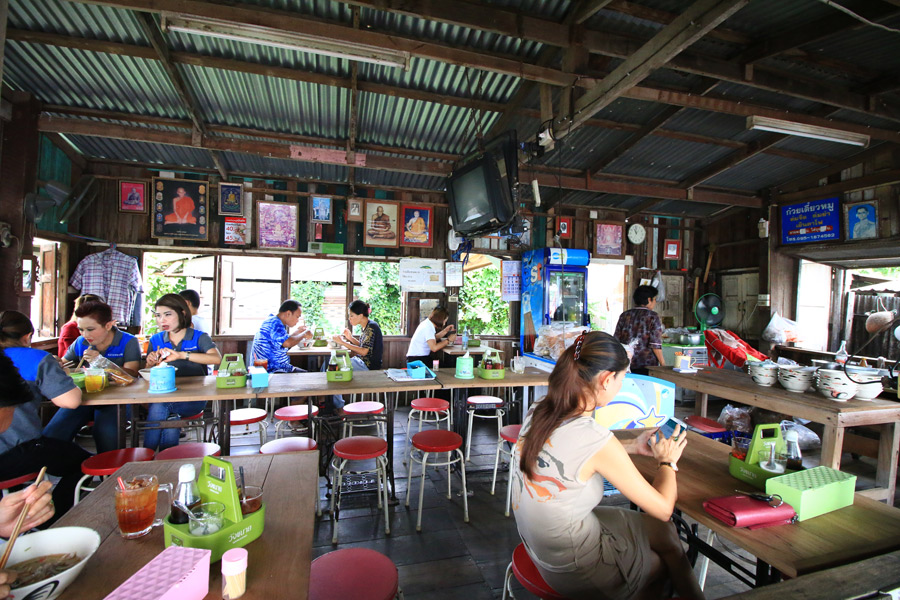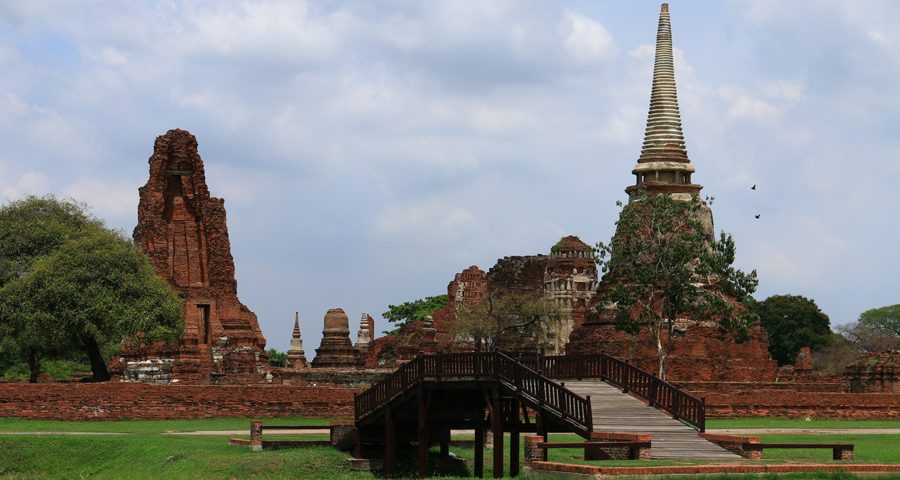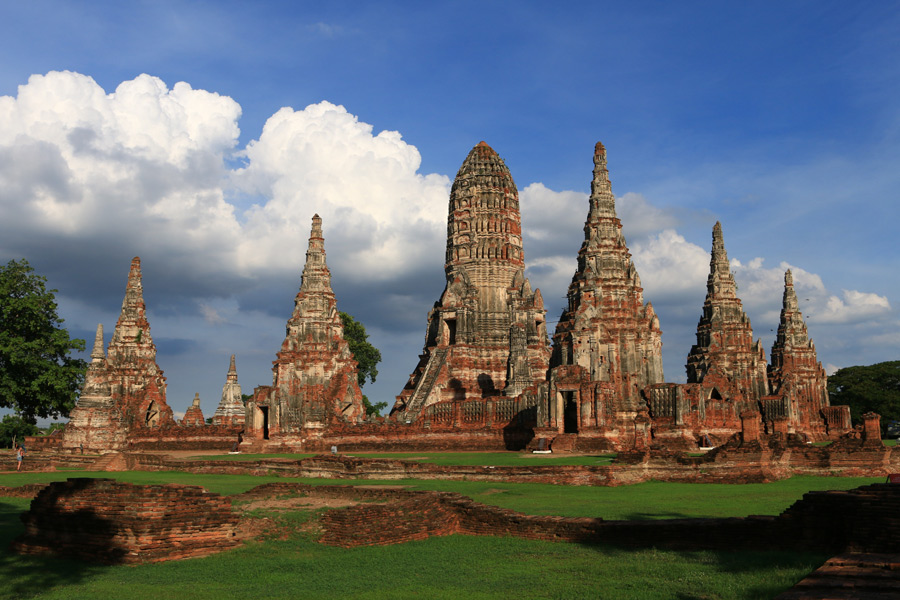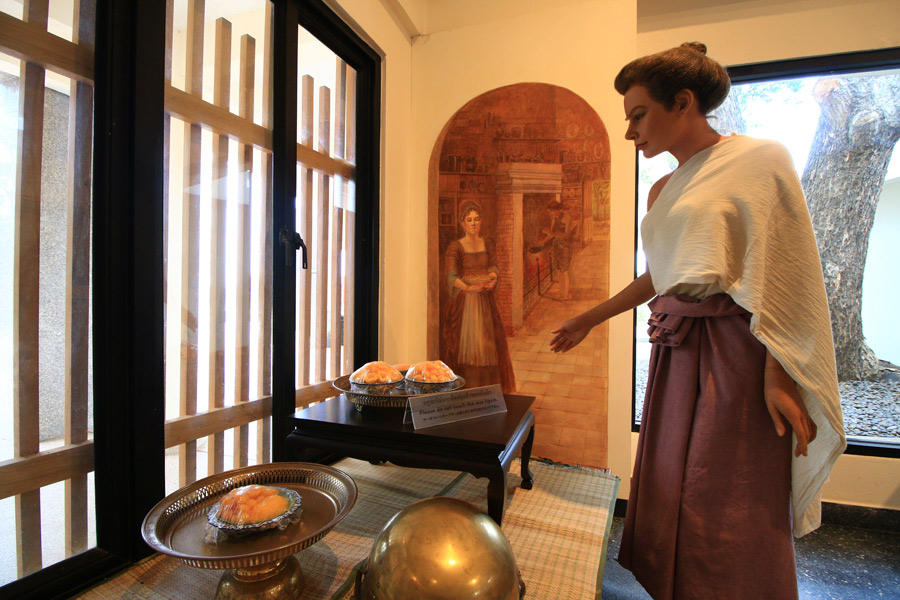
Chantharakasem National Museum
May 5, 2022
ก๋วยเตี๋ยวเฮียติ่ง ก๋วยเตี๋ยวเจ้าดังกรุงเก่า
May 5, 2022This temple has become a must-seen archaic ruin for an Ayutthaya trip because it is the place to see the head of a Buddha image encompassed and entwined with roots of trees. The images of this Buddha image have been significant ones of the province and have attracted a great number of visitors from all around the world.
Even though there is no clear evidence to tell when this temple was built, the reliable chronicles state that this temple might have been built in the reign of King Boromrachathirat I, around A.D. 1374 – A.D. 1474. The construction of this temple might have taken so long that it could not be finished within the reign of that King.
This temple was significant because it was a big one at the heart of the former capital and a place to enshrine Lord Buddha’s relics. Besides, it served as a residential place for the Royal Patriarch of Kham Wasi Sect. Even though all the constructions have became only ruins nowadays, the trace of grandeur can still be sensed.
There is evidence from a chronicle concerning the visit to Ayutthaya by a group of diplomats from Ceylon (Sri Lanka) in the right of King Boromakot that the pagoda in which the relics were housed had the base that was decorated with sculptures of lions, bears, swans, peacocks, Kinnons (half human-half bird creatures), oxen, wolves, buffalos and dragons, which represented creatures in Himmabhanta Forest (Mythical Forest).
In A.D. 1956, there was a great restoration project for archaic ruins in Ayutthaya. Department of Fine Arts discovered a great number of treasures, especially Buddha images, amulets and gold accessories, which are displayed at Chao Sam Phraya National Museum nowadays.
Opening Hours: Everyday from 08:00 – 18:00, admission fee for the Thais is 10 baht.
Location: On the city island, Chi Kun Road, adjacent to Wat Ratburana (Ratburana Temple)









